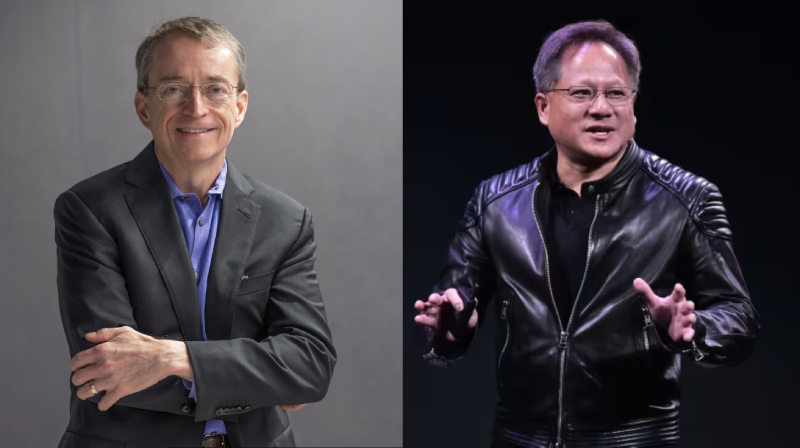Intel CEO Pat Gelsinger publicly disagreed with rival NVIDIA’s Jensen Huang on a fundamental concept within the semiconductor industry. The disagreement centers around Moore’s Law, which has long been a guiding principle for chip development.
Moore’s Law, formulated by Intel co-founder Gordon Moore, posits that the number of transistors on a microchip doubles roughly every two years, leading to exponential growth in processing power and decreasing costs. However, Huang has recently suggested that Moore’s Law is nearing its physical limits and that future performance gains will come from specialized architectures like those in NVIDIA’s GPUs.
Gelsinger, at the Computex tech trade show in Taiwan, countered this notion. He emphasized that Moore’s Law is “alive and well,” and that Intel remains committed to pushing the boundaries of transistor miniaturization. He unveiled details about Intel’s upcoming innovations, including the use of chip lets, smaller building blocks that can be combined on a single package, as evidence of continued progress within the traditional Moore’s Law framework.
This exchange highlights the ongoing debate within the semiconductor industry about the future of chip development. While some, like Huang, believe the focus needs to shift towards specialized architectures, others, like Gelsinger, maintain that Moore’s Law, in its essence, can still provide significant advancements.
The outcome of this debate will have major ramifications for the tech industry as a whole. Continued miniaturization through Moore’s Law would lead to denser, more powerful chips across the board, impacting everything from smartphones to supercomputers. However, if the industry reaches a physical barrier, innovation will need to come from alternative approaches like those championed by NVIDIA.
Only time will tell which approach proves more successful. But for now, the disagreement between Gelsinger and Huang underscores the critical role of continued research and development in keeping the semiconductor industry on the cutting edge.











